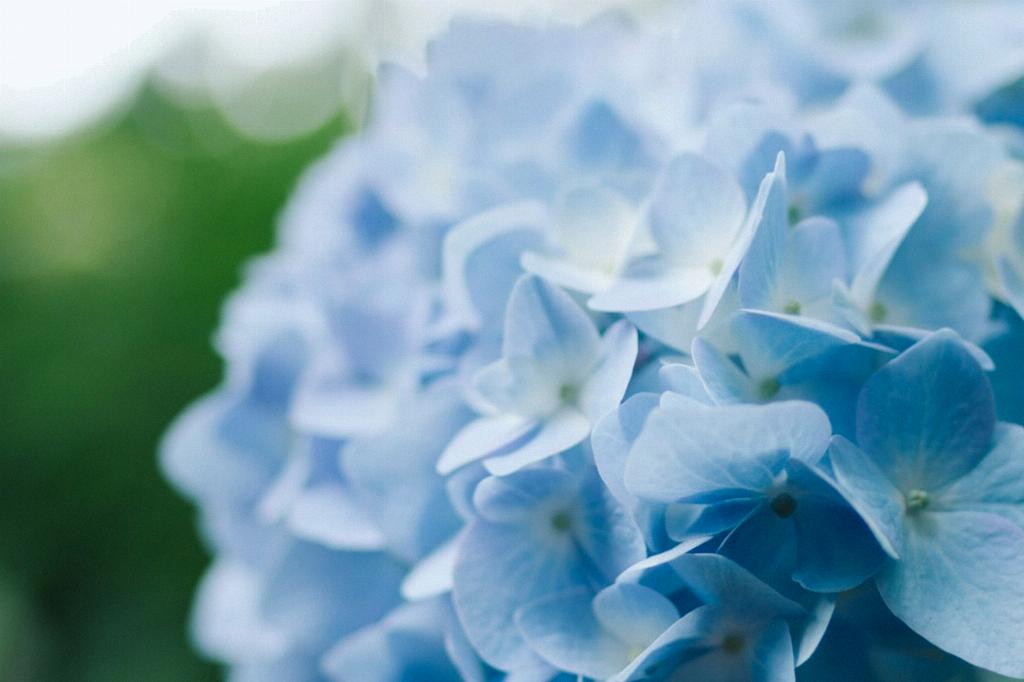When it comes to the sunlight requirements of hydrangeas, it is essential to consider the specific variety you are dealing with. While some plants thrive in full sun exposure, hydrangeas are known for preferring a partial sun location.
Part Sun ideal for most Hydrangeas
Most common hydrangeas, including popular varieties like the BloomStruck®, Endless Summer®, Blushing Bride®, and Twist-n-Shout®, typically perform best when they receive sun in the morning hours and shade during the afternoon. This partial sun exposure allows them to enjoy the benefits of sunlight without being overwhelmed by its intensity.
Reblooming Hydrangeas and Part Shade
If you are dealing with the reblooming Endless Summer® Hydrangea series, such as the varieties mentioned above, these plants specifically prefer part shade conditions. This means providing them with a balance of sun and shade throughout the day to ensure optimal growth and blooming.
The Importance of Light Exposure
Understanding the sunlight preferences of hydrangeas is crucial for their overall health and blooming capabilities. Full sun exposure can sometimes be too harsh for these plants, leading to issues like wilting, sunburn, or reduced flowering. In contrast, inadequate sunlight can result in leggy growth and fewer blooms.
Factors Influencing Sunlight Needs
Several factors can influence the sunlight requirements of hydrangeas, including the specific variety, climate conditions, and soil quality. By considering these factors and tailoring the light exposure accordingly, you can create an optimal environment for your hydrangeas to thrive.
Best Practices for Sunlight Management
When determining the sunlight needs of your hydrangeas, it is essential to observe their growth patterns and monitor how they respond to different light conditions. Making adjustments based on their feedback can help you strike the right balance and ensure they receive the ideal amount of sunlight.
Experimenting with Different Locations
If you are unsure about the sunlight preferences of your hydrangeas, don’t be afraid to experiment with different planting locations. You can observe how they fare in full sun, partial sun, or shaded areas to determine where they thrive best and achieve the most vibrant blooms.
Consulting with Experts
If you still have uncertainties about the sunlight requirements of your hydrangeas, consider seeking advice from gardening experts or local nurseries. They can provide valuable insights based on their experience and help you make informed decisions regarding light exposure for your plants.
Maintaining Optimal Light Conditions
Regardless of the specific sunlight preferences of your hydrangeas, it is essential to regularly assess and adjust their light exposure as needed. By ensuring they receive the right amount of sunlight, you can promote healthy growth, abundant blooming, and overall plant vitality.
Conclusion
In conclusion, while hydrangeas do not necessarily need full sun to thrive, providing them with the right balance of sunlight and shade is crucial for their well-being. By understanding their preferences, experimenting with different light conditions, and seeking expert advice when needed, you can create an optimal environment for your hydrangeas to flourish and showcase their beautiful blooms.

